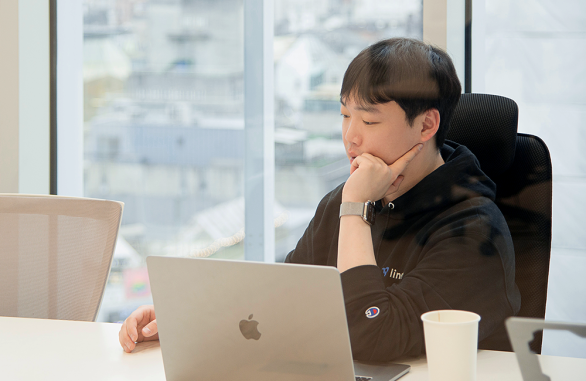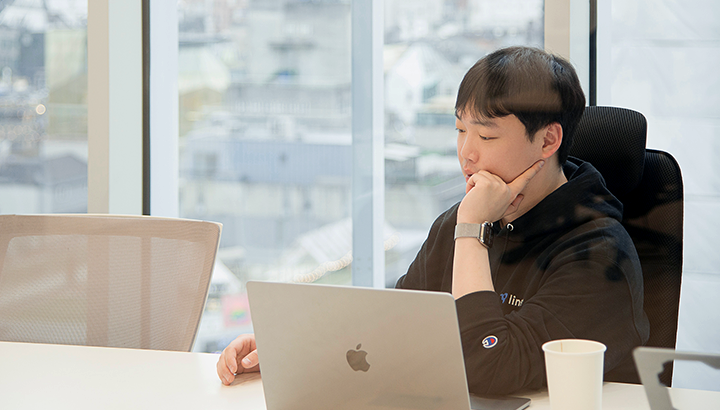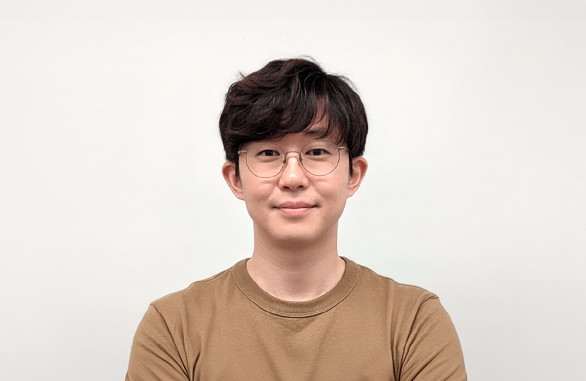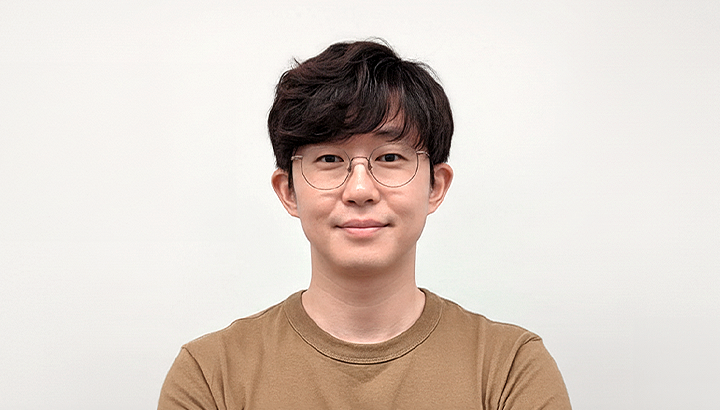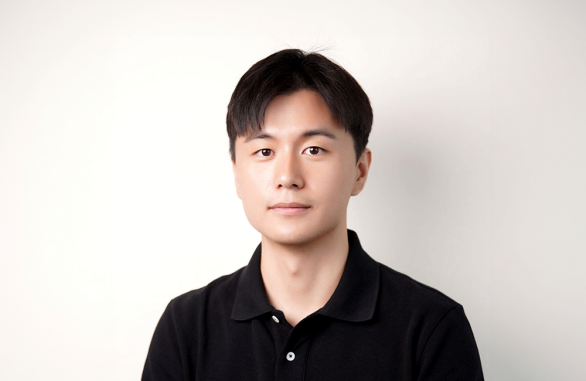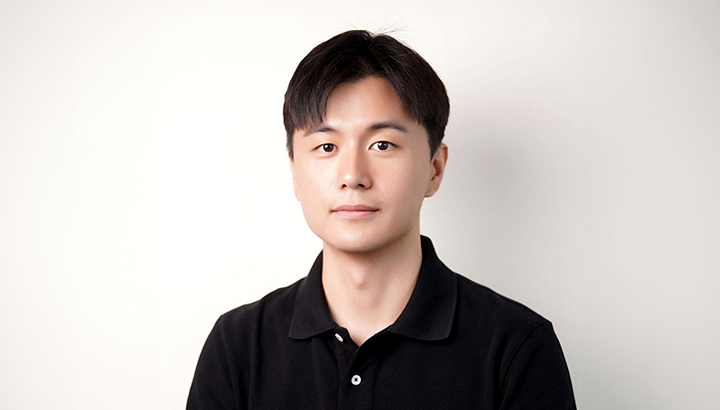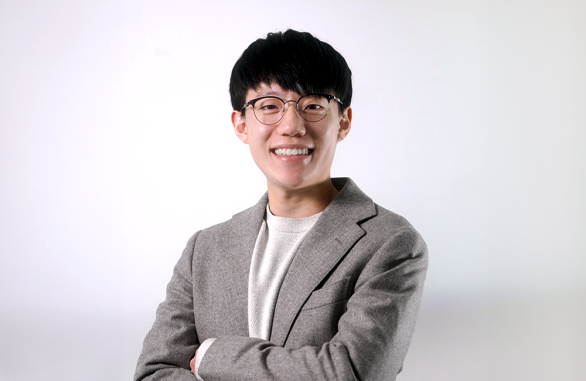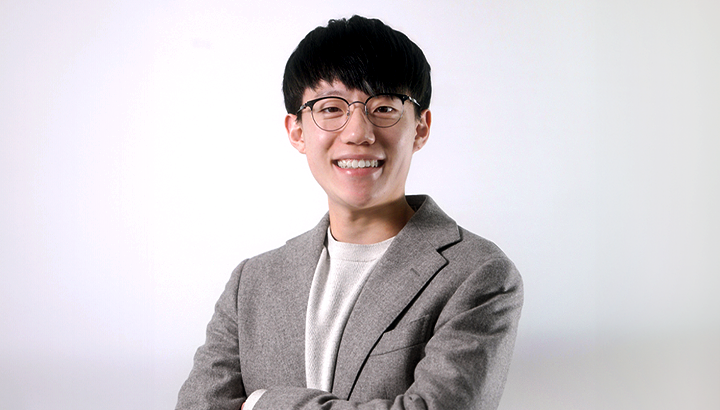Korean culture continues to thrive across the globe. Korean music has become a global phenomenon and Korean movies and dramas are winning many international TV and movie awards. This trend has been amplified by the rapid growth of the OTT platforms and widespread adoption of smart devices, which have dramatically increased people’s accessibility to diverse contents.
Thanks to the global popularity of Korean content, or so-called K-content, the Korean content production industry is also rapidly expanding as OTT platforms from home and abroad scramble to secure attractive original Korean content. At the same time, it is facing a new challenge of offering high quality content that can meet the ever-growing expectations of the global audience.
An entertainment studio like no other
Major content production studios in Korea are now turning their eyes to advanced technologies that help enhance their production efficiency and content quality.
SKT recently opened its VFX (visual effects) studio, ‘TEAM,’ which shifts the ecosystem of content production and aims to promote partnerships with global media companies. An acronym for Tech-driven Entertainment for Asian Movement, TEAM embodies the studio’s ambition to become a global content studio that thrives on collaboration.
In an era dominated by on-demand streaming services, the importance of content consumption is skyrocketing as audiences demand more diverse and higher-quality content than ever before. To keep pace with this emerging trend, production companies must save time and money without sacrificing the quality of the content they put out, which is why many are turning to state-of-the-art VFX studios for help.

Turning imagination into content without limitation
Nowadays, many VFX studios are springing up around the world thanks to their ability to save producers time and money in several ways. In fact, VFX studios are completely transforming the production process for the better.
For example, TEAM studio, which houses impressively large LED wall stages, helps content producers cut costs by eliminating the need for multi-location shoots. With a floor space measuring 3,050m² and its convenient location in the Second Techno Valley in Pangyo, Korea, the TEAM studio lets producers shoot scenes exactly as they imagined in their head. It creates highly detailed backgrounds that are almost impossible to distinguish from real places, all thanks to the advanced technologies and capabilities of two separate LED wall stages.
No longer must actors perform in front of green screens and have to picture the setting in their head, which means they can fully focus on their acting and take their work to the next level through realistic backgrounds. Not only that, TEAM also helps producers and editors reduce post-production work as every bit of the background is digitalized.

Filming in multiple places at once
Remarkably, two actors working in different locations will soon be able to act in the same scene courtesy of advanced LED wall stages.
And in the future, two studios located far away will be able to display the same background on their LED walls through the cloud, allowing directors to film different actors in separate studios in real time while still having them in the same shot.
Alternatively, directors and other key staff can continue working in Korea while other professionals work in foreign locales. This opens the door for actors to work remotely with their peers in foreign markets, increasing their opportunities to work on projects in other countries without the travel that sometimes doesn’t fit into their schedules.
With K-content highly anticipated across the world, SKT is now revolutionizing the content production ecosystem and expanding its presence through wide-ranging partnerships, not only raising the bar for content creation but also giving global audiences the diverse content they crave.

